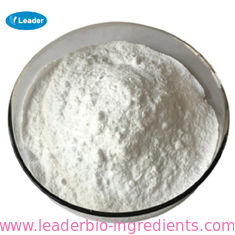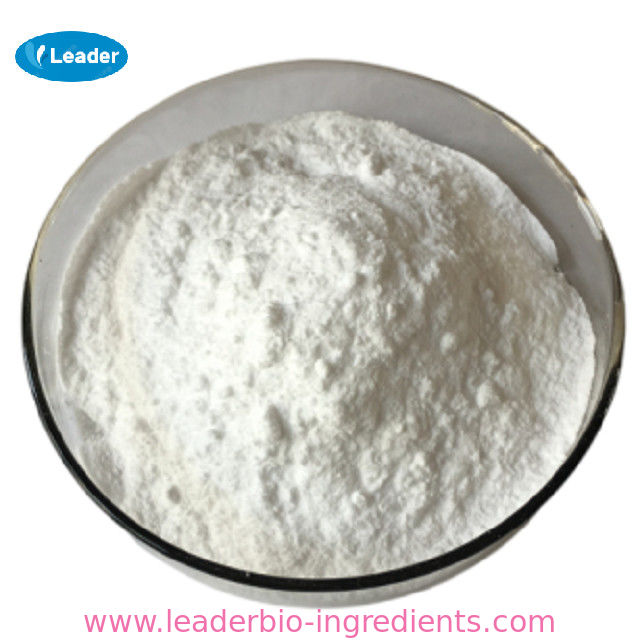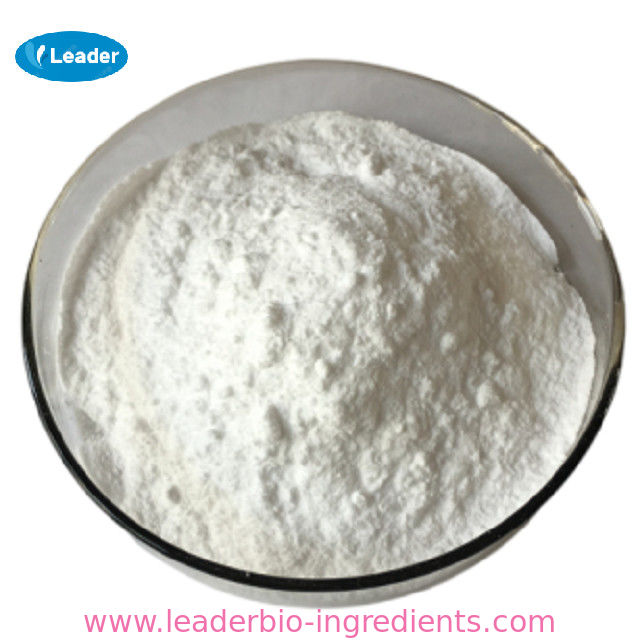| Puerarin Basic information |
| |
| Puerarin Chemical Properties |
| Melting point |
187-189°C |
| Boiling point |
688.0±55.0 °C(Predicted) |
| density |
1.614±0.06 g/cm3(Predicted) |
| storage temp. |
2-8°C |
| pka |
6.46±0.20(Predicted) |
| form |
Powder |
| color |
White to Off-white |
| Water Solubility |
Soluble in DMSO or DMF. Slightly soluble in water or ethanol |
| λmax |
303nm(MeOH)(lit.) |
| BRN |
64198 |
| InChIKey |
HKEAFJYKMMKDOR-NCHCSYJDSA-N |
| CAS DataBase Reference |
3681-99-0(CAS DataBase Reference) |
| |
| Puerarin Usage And Synthesis |
| Chemical Properties |
White powder |
| Uses |
beta-adrenergic blocker |
| Uses |
Puerarin is a naturally occuring isoflavonoid derived from Chinese medical herb kudzu root and has been used for the treatment of various cardiovascular diseases. Recent sutdies have shown the potenti al of puerarin treatment as a novel approach to lowering the risk of or improving function in ischemia-reperfusion brain injury-related disorders. |
| Uses |
Puerarin is a natural isoflavone isolated from plants of the genus Pueraria used in traditional Chinese herbal medicine. It is biotransformed by intestinal bacteria to give the phytos daidzein and equol , resulting in antithrombotic, antiallergic, and other salutary effects. When given intraperitoneally, puerarin evokes diverse responses by modulating serotonin receptors. This compound also suppresses lipopolysaccharide-mediated activation of NF-κB in RAW 264.6 macrophages when given at 20-40 μM. |
| Definition |
ChEBI: A hydroxyisoflavone that is isoflavone substituted by hydroxy groups at positions 7 and 4' and a beta-D-glucopyranosyl residue at position 8 via a C-glycosidic linkage. |
| |
| Puerarin Preparation Products And Raw materials |
|




